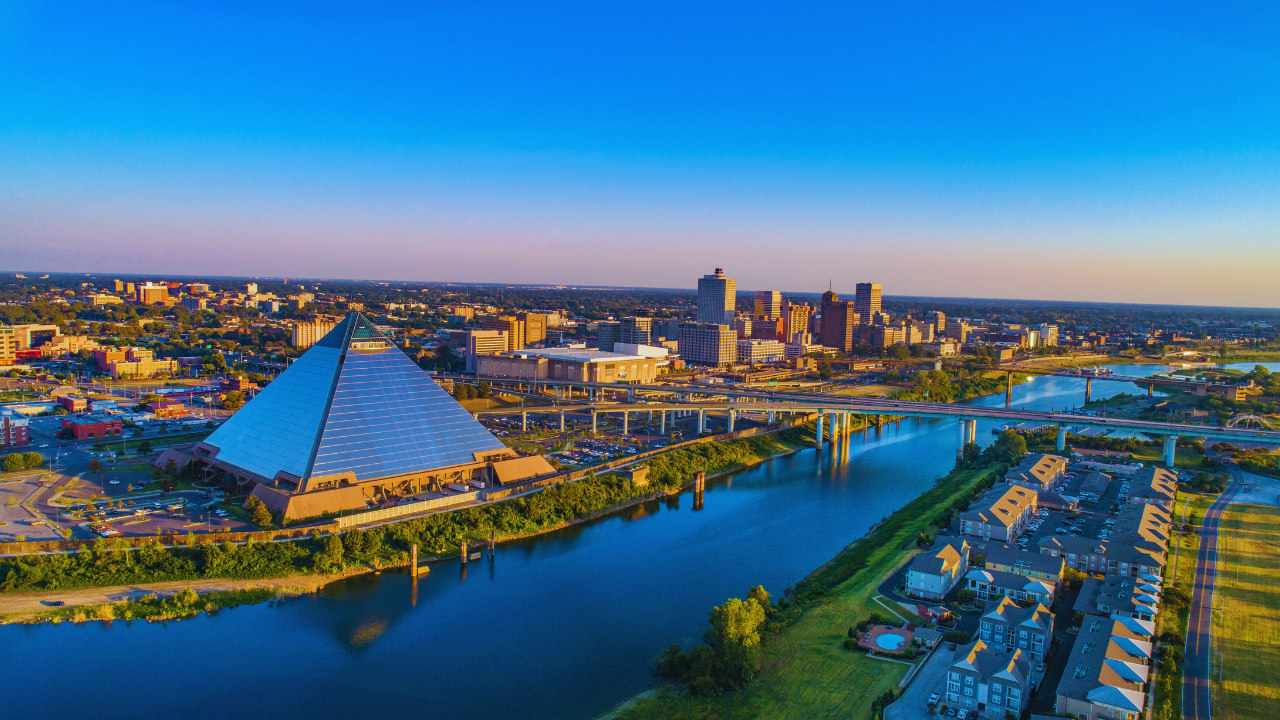As many travelers are packing their bags and set off to new destinations in 2023, some are finding new trends that will shape the way people travel next year. Out of lockdowns, travelers worldwide want to explore different experiences as opposed to popular tourist destinations. Travelers are going green and most of them want their travel to be as climate- friendly as possible. It is not only going for greener options. They also want to ‘see’ how regenerating their stay and travel are. Regenerative Tourism is one of these trends and it can reduce the effects of global warming.
“The pandemic has required us to ask, ‘why do we travel? And gives us an opportunity to change ‘how we travel,” said Amanda Ho, founder and CEO of Regenerative Travel, in an interview with Fodors.com. Regenerative Travel is a community of independently-owned boutique hotels that create positive social and environmental impact. The company is based in California.
Amanda Ho believes that travelers must repair and replenish their relationships with the places they travel. “As an industry, we have a responsibility to create the change we want to see for the future of our planet. We are at a turning point as a human species to reverse the trajectory of climate change with an urgent call to repair and replenish the damage to our environment and our communities. In the most simplistic terms, we say that being green or eco is doing no harm,” she said.
It is important to notice that regenerative travel is different from sustainable tourism. Regenerative tourism focuses on the supply side of tourism and not just on its demand. Similarly, it aims to emphasize the culture, community, conservation, commerce and the need to improve tourist destinations for everyone, not just the travelers themselves.
Fighting Global Warming

Regenerative tourism also involves projects that help limit global warming, rather than just restoring it to how it was found. They can be tree planting, habitat restoration and other investments in nature.
“Regenerative tourism focuses on the things in life that really matter. By satisfying the primary needs of the community, regenerative tourism contributes to the quality of life of local people. It helps communities and tourism sites continuously renew themselves”, Albert Postma, Professor of strategic foresight and scenario planning at European Tourism Futures Institut, wrote in an article published on the Centre for the Promotion of Imports from developing countries (CBI) website.
For him, the interest in regenerative tourism grew during the COVID-19 pandemic. “The pandemic made us reconsider how we travel and sell our destinations and how we can create a better world. We expect regenerative tourism to be in the lead when the tourism industry starts to recover.”
Postma also stated that regenerative tourism involves a shared responsibility between tourism stakeholders and travelers. “Together these parties can develop a better understanding of how human life, nature and tourism are connected. And they can identify the most important needs of a community and how tourists can contribute to meeting these needs.”
He also emphasizes that regenerative tourism offers many opportunities in places with indigenous communities. “This is due to their values and symbiotic relationship with nature. Regenerative tourism initiatives have been successful in destinations that also have projects in place with a focus on land regeneration/regenerative agriculture,” Postma said.





